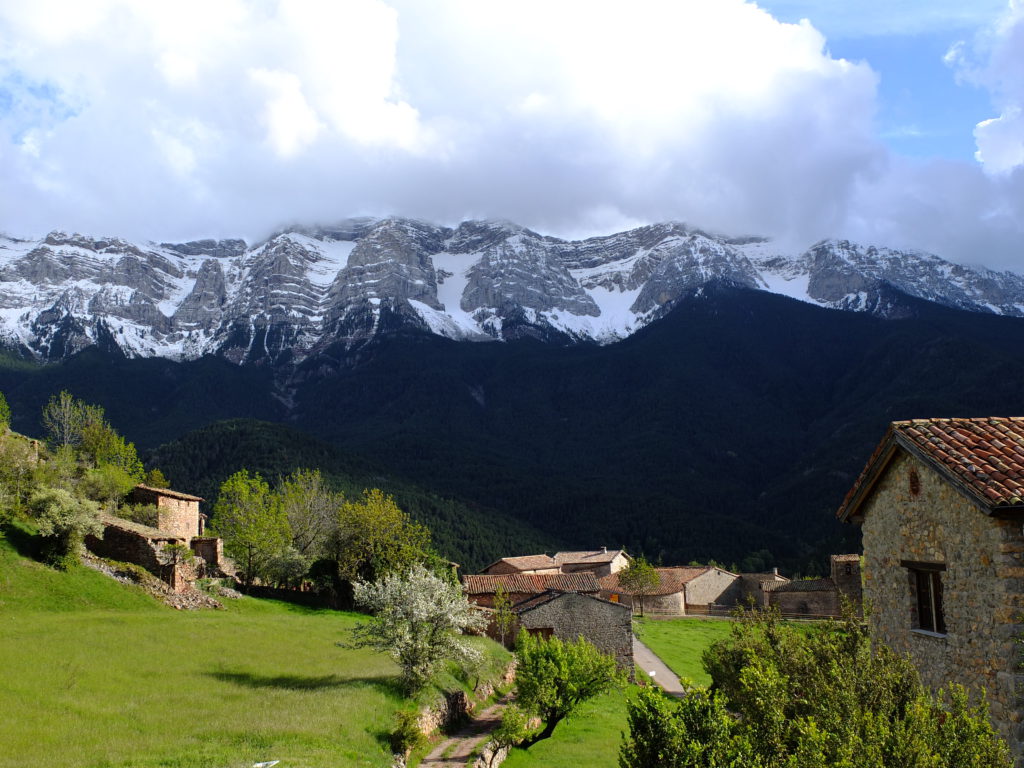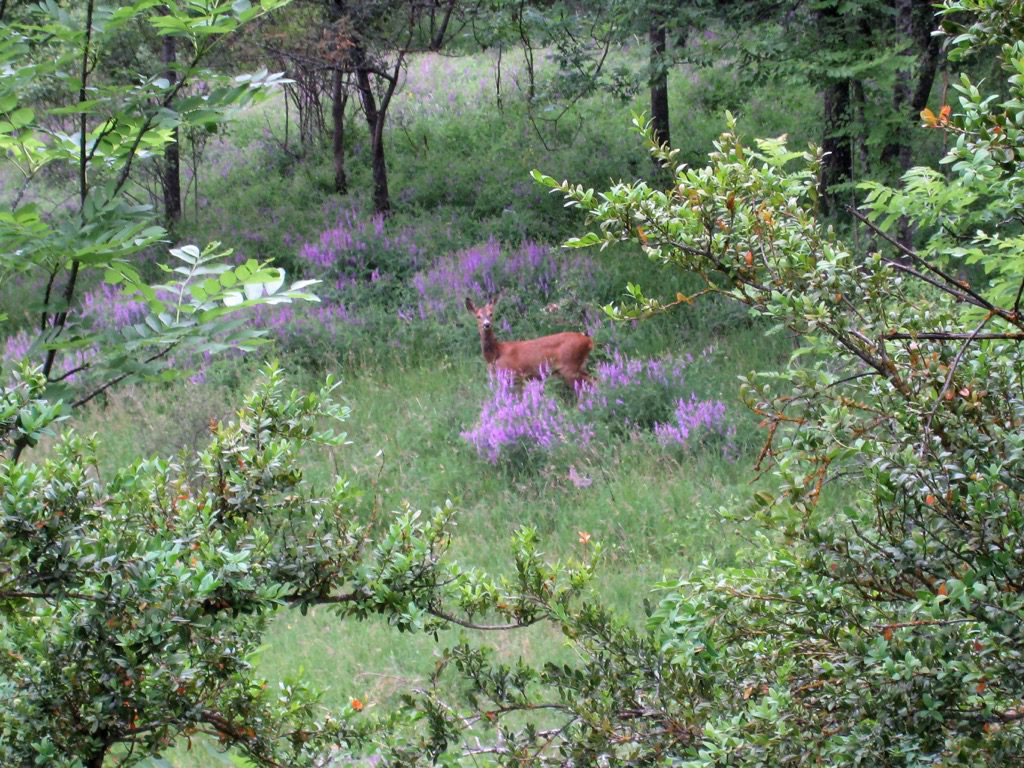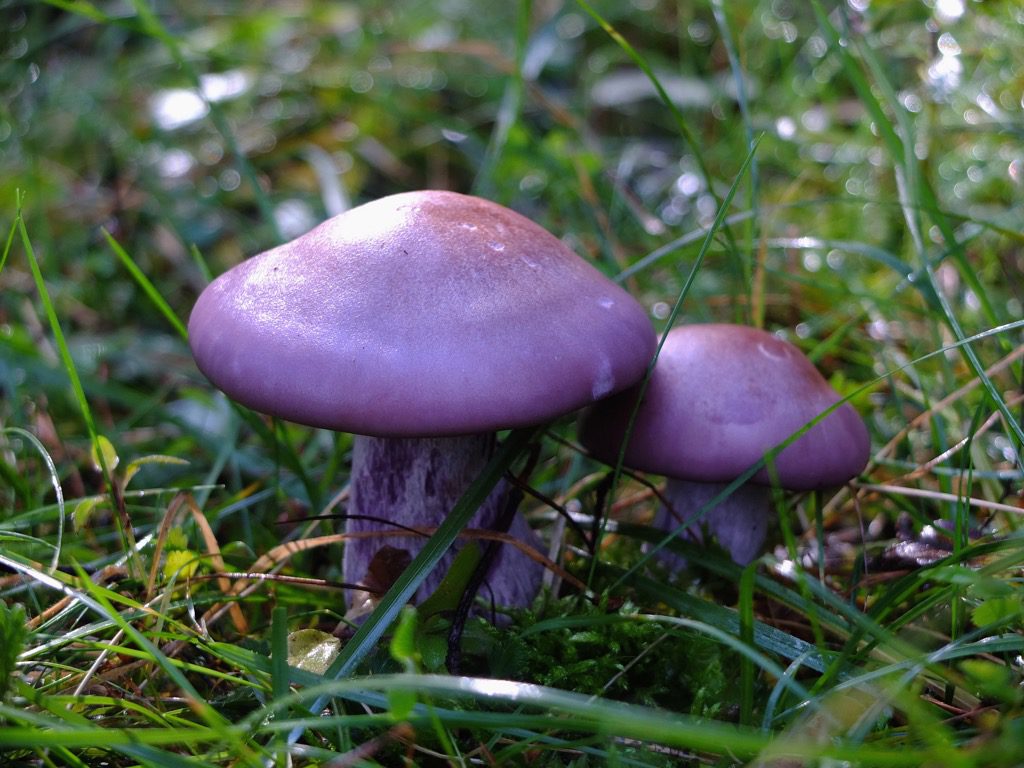CAVA, The town
Cava is … a different thing
That’s the way how the local writer Joan Obiols describes the town, and the way the town council introduces it in its website http://cava.ddl.net …
(*) “Cava is a different thing. It was born many centuries ago, it grew little, like a four pointed star, and has become old, inhabited by just four people that don’t let it die in peace. Go… said one day Cava to the world: you have a long way to go… I am staying here for now. For now and forever.
Extracted from the book “nits de Taverna” by Joan Obiols, published in the collection “El Pirineu i la poesia de la història” Gasineu Editions, Tremp, 1995.

Cava is a municipality belonging to “el Baridà”, a subregion of “Alt Urgell” in Lleida (Catalonia). It includes three small villages: El Querforadat and Ansovell, better known than Cava, and Cava itself. The fact of the name of the municipality being that of the smaller and most unknown of the three villages is not an anomaly: Centuries ago, the baron of Cava used to rule the area… There are still some vestiges of the baron’s castle in Cava.
Cava is located on the north face of Cadí’s massif, at a height of near 1.300 m above sea level. It. You will find it halfway between “La Cerdanya” and “La Seu d’Urgell”, beneath some meadows on the west side of “El Tossal de Beders” or “…del Pubill”, an ancient watchtower, from which the view of all surrounding mountains is unimpeded.
Nowhere else as in Cava you feel the Cadí throwing itself over you. This is because the steepest and wildest walls of the massif are in front of the town, which is the entry to the most unknown and virgin part of Cadí’s natural park.
The inhabitants:
Just four people live permanently in Cava, two of them are the last indigenous inhabitants and would deserve a complete chapter, if not a full book, in Cava’s history.
The working days in Cava are more than calm, and so are the weekends, when the occasional hikers and residents rarely reach to fill the ten parking spaces that hardly can be fit in the town’s small square.
Cava’s people love their town, and they have plenty of reasons for it. We ask you to respect their space and the peace they enjoy, although this request may be unnecessary because people who visit Cava are often pervaded by this feeling of respect and peace.
The landscape:
The dominant landscape of cava is Cadí’s massif. The views to the west (Ansovell) and to the North (Andorra) are also charming, but the observer falls silent when he looks south and is in front of the wall, apparently insurmountable, of Cadí …

Nature and climate:
Cava’s surroundings are full of life. Despite their shyness, if you look for the right moment (better early in the morning or when it gets dark), you pay attention enough, and you are a bit lucky, you can find Roe deer, Foxes, Badgers, Squirrels, Hares, Genets, Wild pigs, Eagles, Owls, Vultures, several types of Woodpeckers, and lots of other birds. If you approach the summits of Cadí you will also easily find small herds of Chamois

Much of the meadows (old labour fields) that you will find around Cava are still used for the pasture of the cows that are frequently the only neighbours of cal Sansa’s guests. This circumstance is essential for the conservation of the meadows, which would otherwise be invaded by thickets and bushes, and would lose much of their charm. We must therefore thank the presence and the work of the cows.

Spring, with the green meadows and the Cadí still white of snow, and autumn, with the forest full of colors, are seasons in which beauty of the landscape takes the maximum relevance. In autumn, in addition, the forests of Cava offer to its visitors abundance and variety of mushrooms. There are far more popular areas in Catalonia for mushroom picking so our guests are favoured by the smaller competition in Cava.

Summer in Cava offers the advantage of its height, which keeps de temperature a few degrees below than that of the lower zones, and allows to get rid of the humidity of the coast. By day you can take advantage of the Cadí river to submerge in the fresh water that descends from the summits, or go down to the Segre where the flow allows a more complete bath. At night, the cool of the mountain will invite you to sleep covered.
Winter is a good time for another approach to nature, looking for the snow for the kids to play, taking advantage of sunny meadows where the sun comforts you, or hiking in a more hostile environment …, always ending your day in front of the warm fireplace. Despite its height winters in Cava are warmer than in the valley. Although the temperature is often below freezing, and snowfall is reached, the predominant days are those in which the thermal inversion allows, taking advantage of the sunny slopes, to leave the thicker clothing aside.
The Cadí-Moixeró Natural Park:
The Cadí-Moixeró Natural Park is a legal and administrative figure that guarantees the preservation of the natural environment of a large area of the Catalan Pre-Pyrenees. You will find information about the Park in the link http://parcsnaturals.gencat.cat/ca/Cadí/. We recommend you to read the visit guide (http://parcsnaturals.gencat.cat/ca/Cadí/visiteu-nos/guia-visita/) where you will find an explanation of the different areas of interest, routes proposals, service guides, maps and information leaflets.
What we can add, on top of what has been written of the natural park, is that although all its territory is a privileged space due to its natural heritage, its north-western part of it, corresponding to Cava and the neighbouring towns, is possibly one of the most spectacular and unspoiled zones of the park. Cal Sansa, is therefore an opportunity for all discoverer of landscapes who, until today, did not have had the chance to stay in Cava.
Pictures courtesy of “© G&G”